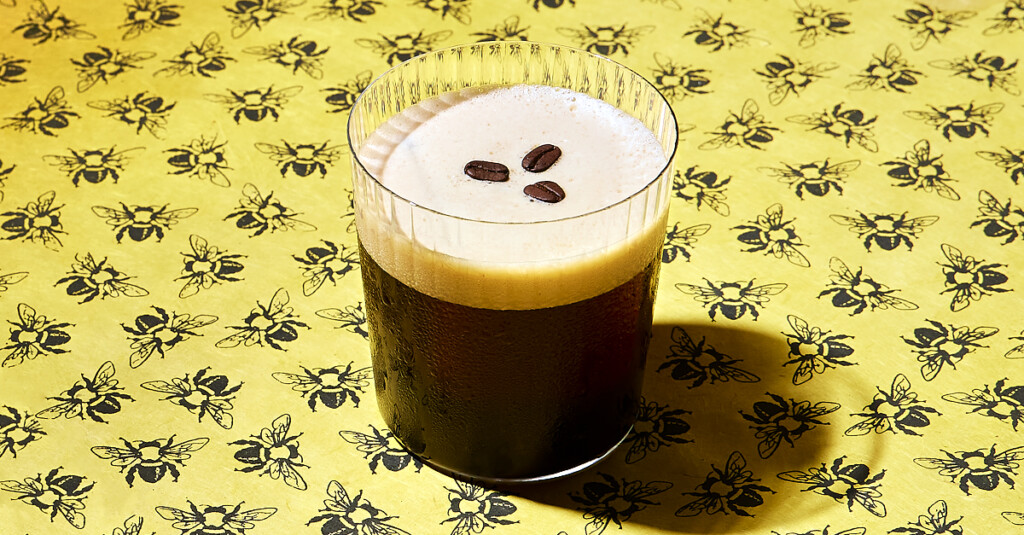The Story Behind The Carajillo
The Carajillo is a coffee cocktail with a split base of espresso and Licor 43, a Spanish liqueur. It’s essentially a Spanish version of an Irish Coffee. The leathery caramel sweetness and spicy citrus notes of Licor 43 build upon the espresso’s robust foundation while muting any astringent bitterness.
There’s some debate as to where exactly the Carajillo originated, but its story likely begins with Cremat, a Catalan blend of coffee and dark rum, often dolled up with cinnamon, sugar, and a lemon peel. Cremat was a sailor’s drink, enjoyed by the tradesman who traveled between Catalonia and the Americas in the 1800s. The Carajillo name was adopted when Cuba was a Spanish province, as soldiers would often drink this blend of coffee and rum for a boost of coraje, or courage. The drink floated around Latin America, with certain countries developing their own variants. Colombia had Carajillos with brandy. In Mexico, drinkers sometimes used mezcal and coffee liqueur. Regardless, when Licor 43 hit the market in 1946, Mexico was the first to employ it in the Carajillo. The drink made the transition from hot to cold, and quickly became a nightlife staple and a go-to post-meal pick-me-up. These days, the drink is so ubiquitous that even Kellogg’s has made an “Extra Collection” Carajillo flavored cereal.
Licor 43, which allegedly contains 43 secret ingredients, is loosely based on the ancient liqueur Liqvor Mirabilis, or “Marvelous Liquid.” In 209 B.C., the Romans discovered the fruit- and herb-infused elixir upon conquering Carthago Nova (modern-day Cartagena) in southeast Spain. Apparently, Liqvor Mirabilis was so beloved that the Romans outlawed its production and consumption to avoid its temptations, and the Carthaginians were forced to move production underground. When the Cartagena-based Zamora family started making Licor 43 in the 1940s, they set out to recreate what they imagined the recipe to be.
The liqueur is said to contain a blend of fruit juices, vanilla, spices, and herbs, but no one — other than the Zamoras — knows for sure. In the Carajillo, its thick, syrupy texture gives added weight to the creamy espresso. For optimal blending and aeration, we strongly suggest shaking this cocktail.



